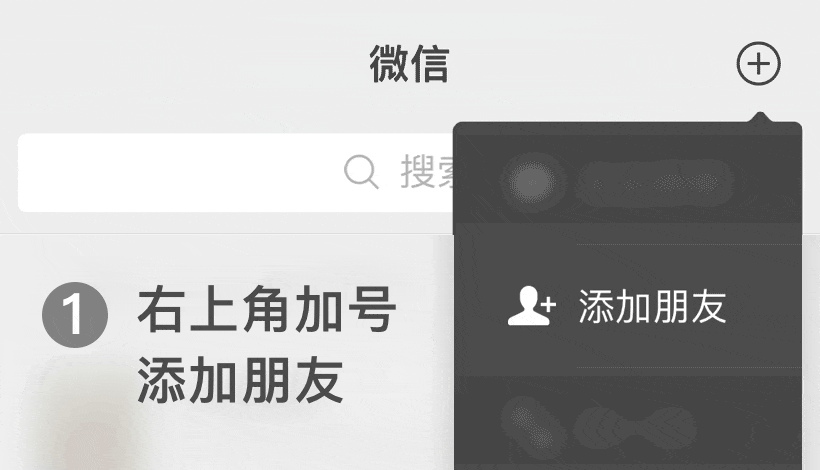
-
 Service Tel
Service Tel
- 0512-52551712
What is the barrier performance of polylactic acid fiber
source:www.ujvmv.cn | Release time:2025-08-121、 Barrier properties for gases
Oxygen barrier: PLA fibers have a certain barrier ability against oxygen, but their barrier effect is lower than traditional high barrier materials such as polyvinyl alcohol and polyvinylidene chloride. At room temperature, the oxygen permeability of PLA is usually higher than that of polyethylene (PE) and polypropylene (PP), but better than certain polyester materials such as polyethylene terephthalate (PET). This characteristic allows it to play a certain role in short-term packaging (such as food preservation), but when storing high oxygen sensitive products for a long time, it needs to be combined with other barrier layers.
Carbon dioxide barrier: PLA has similar barrier properties to oxygen for carbon dioxide, making it suitable for some scenarios where gas exchange requirements are not strict. However, if used in packaging that requires strict control of carbon dioxide permeation (such as carbonated beverages), modification treatment is required.
2、 Barrier to water vapor
The water vapor barrier properties of PLA fibers are poor, with a significantly higher water vapor transmission rate than polyolefin materials such as PE and PP, and lower than PET. This is because the molecular structure of PLA contains ester bonds, which have strong hydrophilicity and are prone to absorbing moisture from the environment, causing the material structure to expand and thereby increasing the rate of water vapor transmission. Therefore, in high humidity environments or applications that require moisture resistance (such as dry goods packaging and medical dressings), the barrier properties of pure PLA fibers are difficult to meet the requirements and need to be improved through composite, coating, and other methods.
3、 Factors affecting barrier performance
Crystallinity: The higher the crystallinity of PLA, the tighter the molecular arrangement, the more complex the diffusion paths of gas and water vapor, and the better the barrier performance. Improving crystallinity through processes such as heat treatment and stretching can enhance its barrier properties to a certain extent.
Environmental conditions: An increase in temperature will intensify the movement of PLA molecular chains, increase the free volume, and lead to an increase in gas and water vapor permeability; An increase in humidity will further reduce the water vapor barrier properties of PLA due to its hydrophilicity.
Modification treatment: By blending or compounding with other high barrier materials (such as nanoclay and natural polymers), or applying surface coatings (such as polyethylene glycol and beeswax), the barrier properties of PLA fibers can be significantly improved, expanding their application scenarios.
Previous:
period
Next:
Which industries will use more polyester fibers

 wechat number:
wechat number:
 Tel:0512-52551712
Tel:0512-52551712
 Address: Baziqiao village, Zhitang Town, Changshu City, Jiangsu Province (next to national highway 204)
Address: Baziqiao village, Zhitang Town, Changshu City, Jiangsu Province (next to national highway 204)
 E-mail:sales@kingcharmcn.com
E-mail:sales@kingcharmcn.com

 Wechat
Wechat
 Contact
Contact
 Telephone
Telephone